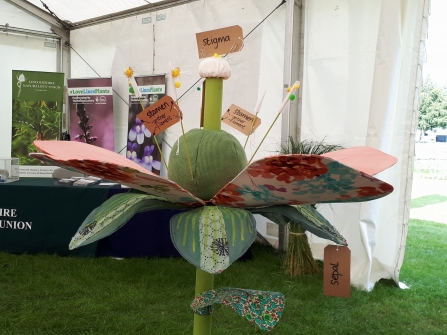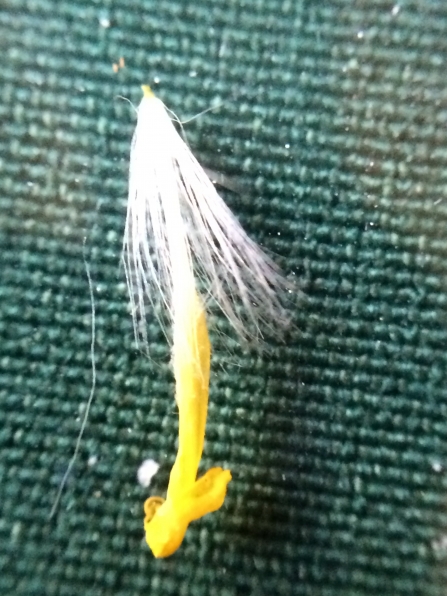For their #LoveLincsPlants project, Lincolnshire Wildlife Trust were invited to exhibit at the Gravity Fields science fair in Grantham. Lincolnshire has a long history with the study of botany as it was home to one of the earliest botanists, Sir Joseph Banks, who became president of the Royal Society in 1778 having previously been on expeditions with contemporary explorers including Captain James Cook.
The Love Lincs Plant project are working to preserve Lincolnshire’s botanical heritage and this includes working with the National History Museum to curate over 9,000 historic plant specimens from Lincolnshire. Another of their responsibilities is to provide botanical information and education to the public and in particular trying to inspire the next generation of botanists.



